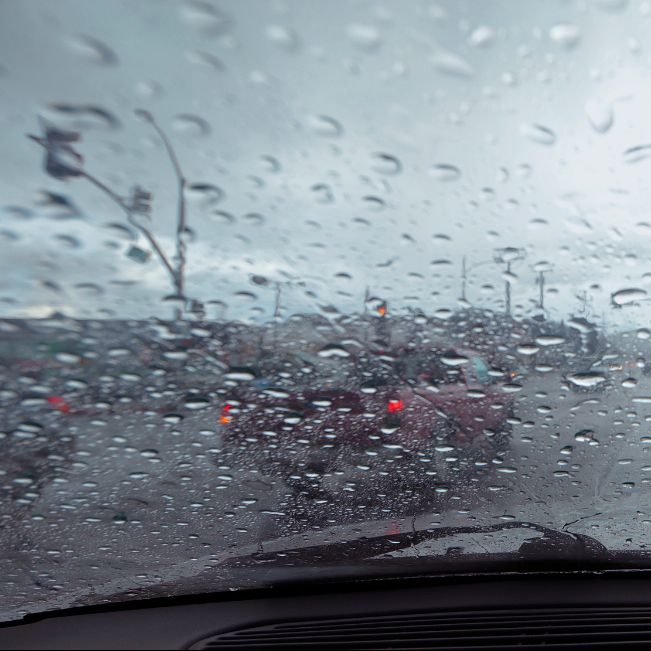Safety eyewear is a device or equipment worn over the eyes to protect them from hazards and prevent eye injuries. They are also known as protective eyewear.
There are standards for the use of safety eyewear in different environments. This is based on a thorough understanding of the potential hazards in each environment. Hence, the safety eyewear for a construction worker, for instance, differs from that of a medical laboratory worker and that worn for water sports (e.g. swimming) is different from the one worn while spending time under the sun.
It is recommended that employers provide employees with appropriate protective eyewear to prevent exposure to eye hazards. It is also necessary to use protective eyewear when involved in activities that expose the eyes to potential hazards outside the work environment, such as during sports and while performing home-based do-it-yourself (DIY) activities.
Common hazards that may be found at work, home or play environment include;
- Dust and small particles
- Projectile or thrown objects like concrete, metals, nails, broken material and balls.
- Chemicals such as laboratory substances, industrial chemicals and household cleaning agents like bleach and detergent
- Heat from boiling water, hot oil, steam, oven and furnace
- Radiation from visible light, ultraviolet rays, or infrared rays and laser.
- Biological waste from blood and other body fluids.
Requirements
Safety eyewear differs from regular eyeglasses. They have to pass specific criteria to be qualified as safety eyewear. To accommodate those who have refractive errors, some safety eyewear can be fitted with prescription lenses while some are designed to be worn over eyeglasses.
The criteria for an eyewear to be considered a safety eyewear include:
Impact resistance: The lenses and frames must be of high impact-resistant quality. There are specific tests that are conducted to assess how resistant the lenses and frames are to impact from both low-velocity and high-velocity objects. In order for a safety eyewear to pass the resistance test, the lenses must not chip or shatter when hit by a projectile. The frame must also keep the lens in place when there is an impact. Most safety eyewear lenses are made from polycarbonate material or trivex material because of their high impact resistance and lightweight.
Resistance to surface damage: Lenses for safety eyewear must be scratch-resistant and should not be damaged by fine particles like dust and chippings from iron or steel.
Resistance to fogging: This is important for people who work in environments with high humidity and persistent condensation. When lenses fog, visibility is reduced and can result in accidents. Safety lenses worn in high-humidity environments like refrigerated warehouses must be resistant to fogging.
Anti-glare properties: It is recommended that safety eyewear for activities that require looking at a bright light or those done under the sun like construction, outdoor sports, fishing and hunting be made of polarized lenses with anti-reflective coating to reduce glare from surfaces that reflect light such as water, glass and other solid surfaces like car bonnet. Also, photochromic lenses and those with special tints may be used.
Side-shields: For activities that require full face protection, safety eyewear with side-shields is recommended. E.g. for certain sports, wrap-around lenses and frames with straps may be ideal.
Types
There are different kinds of protective eyewear. The major ones include:
- Safety glasses
- Safety goggles
- Eye shields
- Face shields
- Welding helmets
- Sunglasses
Safety glasses are eyeglasses designed to protect the eyes from all angles. They are made of safety frames with hard impact lenses and side shields. They come with plane lenses and can also be fitted with prescription lenses. They can be easily worn and are comfortable due to their lightweight.
Safety goggles are fairly tightly fitted safety eyewear that completely covers the eyes and areas surrounding the eyes. They form a complete seal around the eyes and therefore offer superior protection from eye hazards compared to safety glasses. While safety goggles offer better eye protection, some people find them uncomfortable to wear because they are usually heavy and tightly fitted around the eyes. Also, without anti-fogging coating, they are prone to fogging and this can compromise the wearer’s visibility.
Eye shields are safety eyewear made of a single lens attached to a frame. They offer protection like safety glasses but also have the advantage of being able to fit over regular eyeglasses.
Face shields are designed to provide secondary protection to the eyes. They are worn over safety glasses or goggles. They also protect other structures of the face.
Welding helmets are designed to protect the eyes from the intense lights and sparks from welding and the use of cutting torches. They are worn over safety glasses or goggles.
Sunglasses are protective eyewear designed to protect the eyes from bright light and harmful UV radiation from the sun. They come in different types and tints designed to offer protection and comfort in various outdoor conditions.
Conclusion
Whether it is work, play or sports, it is essential to always protect your eyes from potential hazards. Wearing appropriate protective eyewear could be the thin line between having lifelong vision and blindness.
If you are already involved or plan to get involved in an activity that may expose your eyes to hazards, consult an eye care professional for the right safety eyewear, regardless of whether you wear prescription lenses or not, and when you get your safety eyewear, make it a habit of always wear it when it is required.

